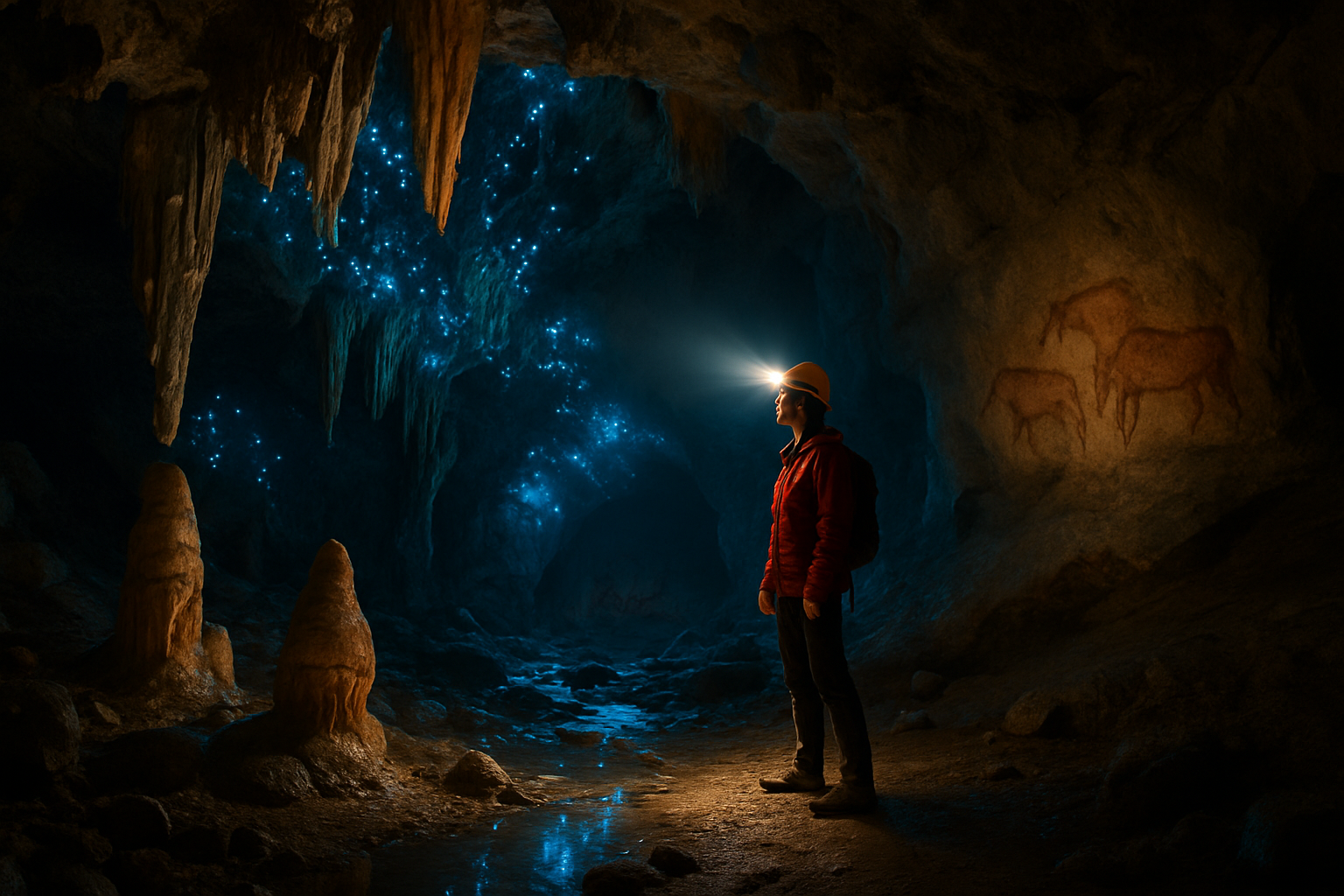Subterranean Odyssey: Exploring the Hidden World of Cave Tourism
The enigmatic allure of underground landscapes has captivated human imagination for centuries. Yet, it's only in recent decades that cave tourism has emerged as a thrilling niche in the travel industry. This subterranean odyssey takes adventurers into the heart of the Earth, offering a unique perspective on geological wonders and prehistoric art. As we delve into the world of cave tourism, we'll uncover its rich history, current trends, and the transformative experiences it offers to modern explorers.

The Geological Marvels of Show Caves
Show caves, also known as tourist caves, are the cornerstone of cave tourism. These natural wonders have been carefully developed to allow safe public access while preserving their delicate ecosystems. From the luminous glowworm caves of New Zealand to the crystal-studded chambers of Mexico’s Cave of Crystals, each destination offers a unique glimpse into the Earth’s geological processes.
The Rise of Adventure Caving
While show caves cater to a broad audience, adventure caving has gained traction among thrill-seekers. This more intense form of cave exploration involves navigating tight passages, rappelling into vertical shafts, and sometimes even diving through underwater cave systems. The growing popularity of adventure caving has led to the development of specialized tours and training programs worldwide.
Conservation Challenges in Cave Tourism
The increasing interest in cave tourism brings with it significant conservation challenges. The delicate balance of cave ecosystems can be easily disturbed by human presence, making responsible management crucial. Many cave tourism operators now implement strict visitor limits, advanced lighting systems, and educational programs to minimize environmental impact while maximizing the visitor experience.
The Cultural Significance of Cave Art Tourism
Beyond their geological importance, many caves hold invaluable cultural treasures in the form of prehistoric art. The discovery of cave paintings in locations like Lascaux, France, and Altamira, Spain, has opened up a new dimension of cave tourism focused on archaeological and anthropological interests. These sites offer visitors a rare opportunity to connect with our ancestors through art that has survived for tens of thousands of years.
Illuminating Facts About Cave Tourism
• The world’s largest cave, Son Doong in Vietnam, was only discovered in 1991 and opened for tourism in 2013
• Waitomo Glowworm Caves in New Zealand attract over 400,000 visitors annually to see bioluminescent insects
• The Cave of Swallows in Mexico is deep enough to fit the Eiffel Tower inside
• Krubera Cave in Georgia is the deepest known cave in the world, extending more than 2,000 meters below the surface
• Some caves, like Kartchner Caverns in Arizona, use airlock entrances to maintain humidity and preserve delicate formations
The Future of Underground Exploration
As technology advances and our understanding of cave ecosystems deepens, the future of cave tourism looks bright. Virtual reality experiences are beginning to offer immersive cave tours to those unable to visit in person, while new discoveries continue to expand our knowledge of the underground world. The growing interest in geotourism suggests that caves will play an increasingly important role in sustainable travel experiences, offering a unique window into the Earth’s history and the ongoing processes that shape our planet.





